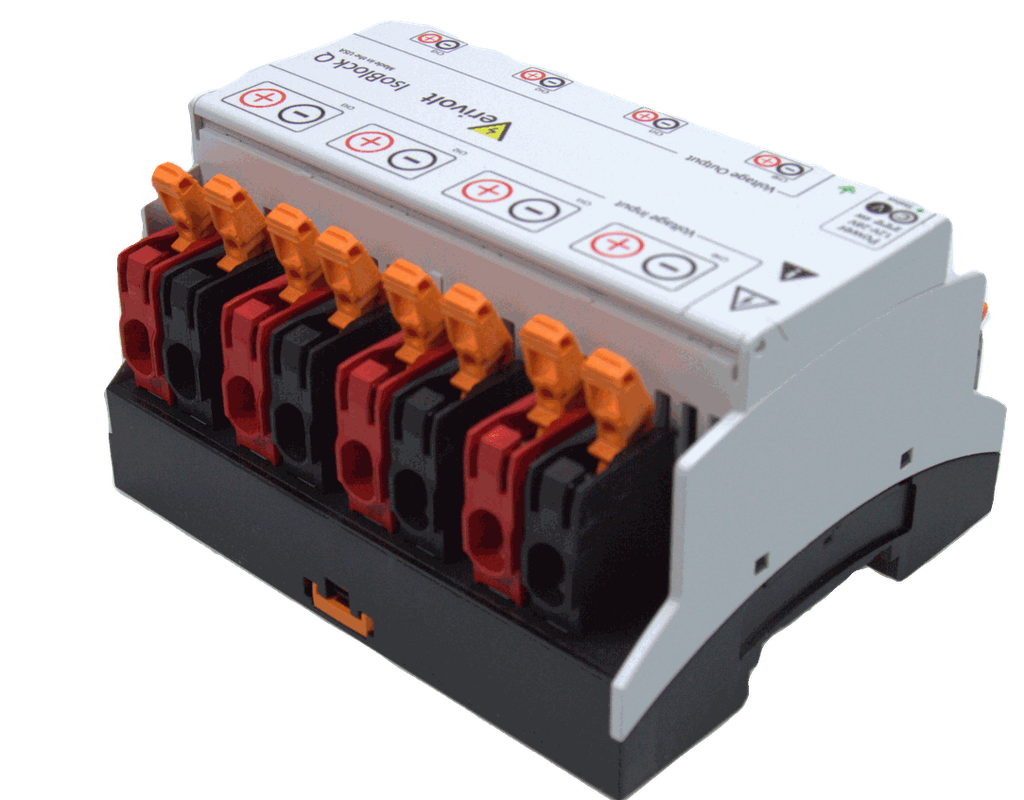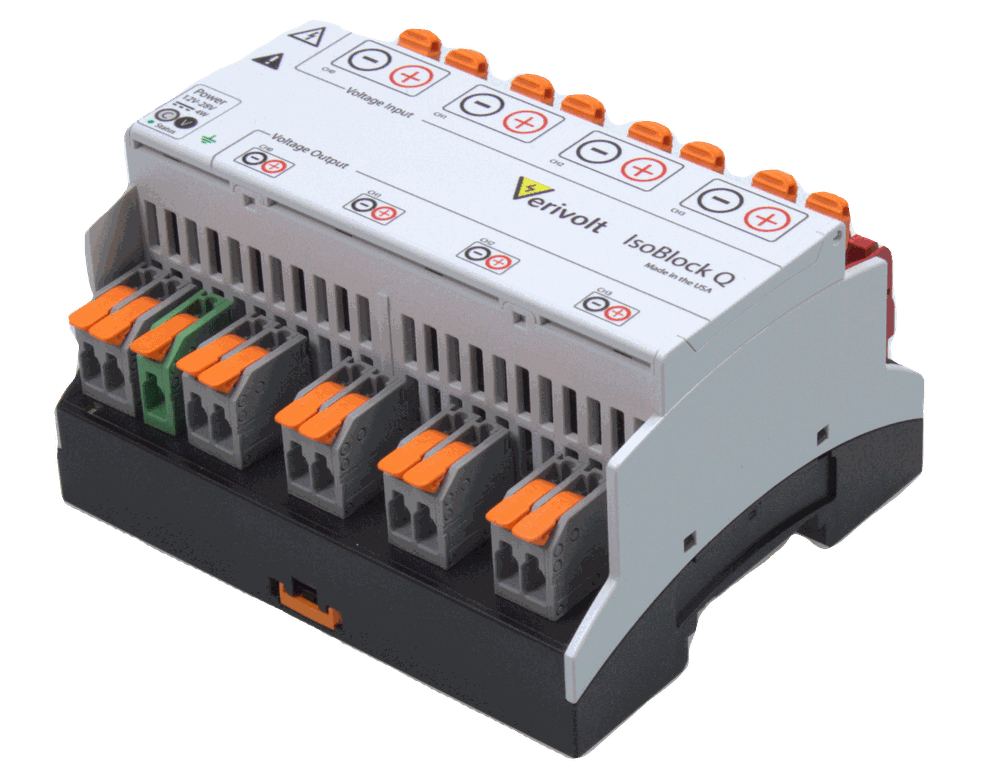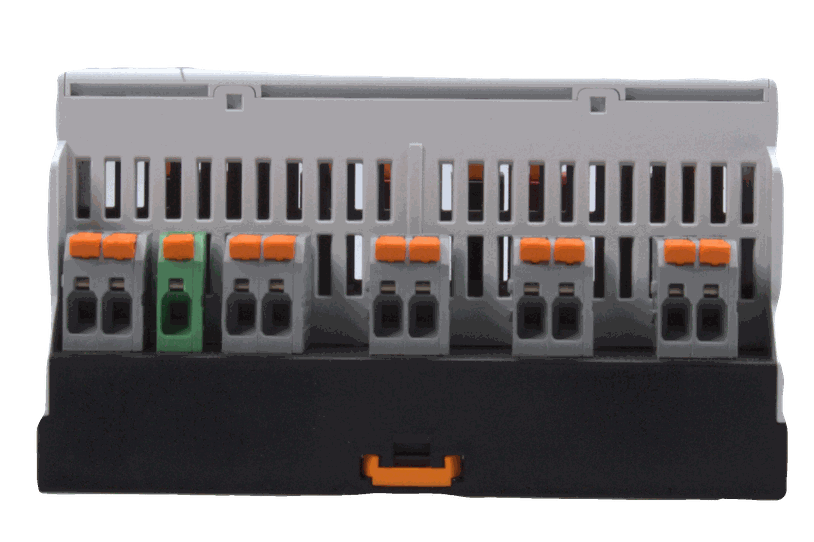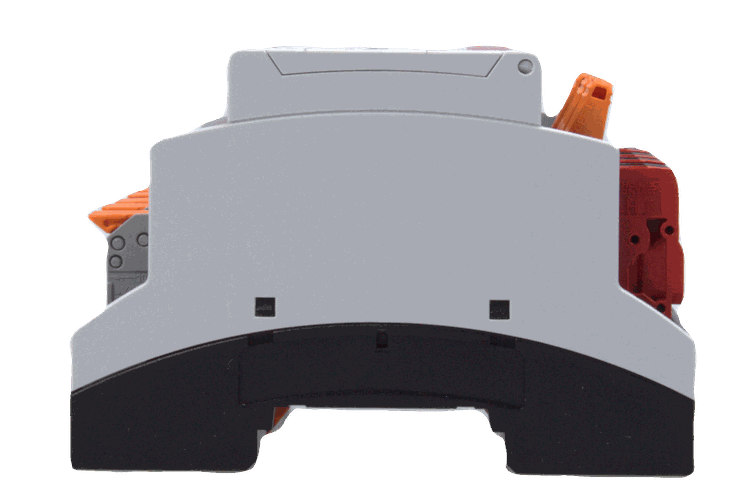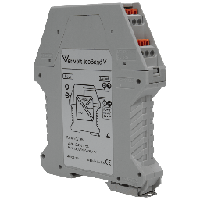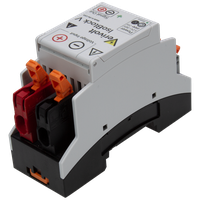IsoBlock Q-4c
Features1,200v Sustained And 3,000v Peak Isolation
Dc To 100khz Bandwidth
Din Rail Fixturing For Fast Setup
Drop In Voltage Sensing To Channel Isolation To Any Daq
Galvanic Channel To Channel Isolation
Selectable Gains
Simple Setup
Documentation

The IsoBlock Q-4c module was designed to isolate the voltage across cable segments of a superconducting magnet, as well as coils, half and full magnets. By placing multiple IsoBlock Q-4c sensors along the length of a superconducting cable, a time-of-flight technique can be used to locate a quench origin. Also, IsoBlock Q-4c sensors can be placed across larger symmetrical segments of a magnet to detect when the magnet starts quenching from superconducting state.

Three-Way Galvanic isolation
Each channel amplifies and magnetically modulates its input signal across a galvanic barrier. This results in 1200V sustained and 4200V surge isolation from channel-to-channel and channel-to-ground. In addition to that, each channel has a protection stage at its input that allows it to sustain voltage spikes generated during the magnet energy extraction. At the output of each isolation channel there is an anti-aliasing filter and a conditioning stage to output a ±10V signal.

Quench Detection
By placing multiple IsoBlock Q-4c sensors along the length of a superconducting cable, a time-of-flight technique can be used to locate a quench origin. IsoBlock Q-4c sensors can be placed across larger symmetrical segments of a magnet to detect when the magnet starts quenching from superconducting state.

Compact form factor
Of the IsoBlock Q-4c module allows users to setup high channel density monitoring systems, making it also ideal for extended magnet networks.

